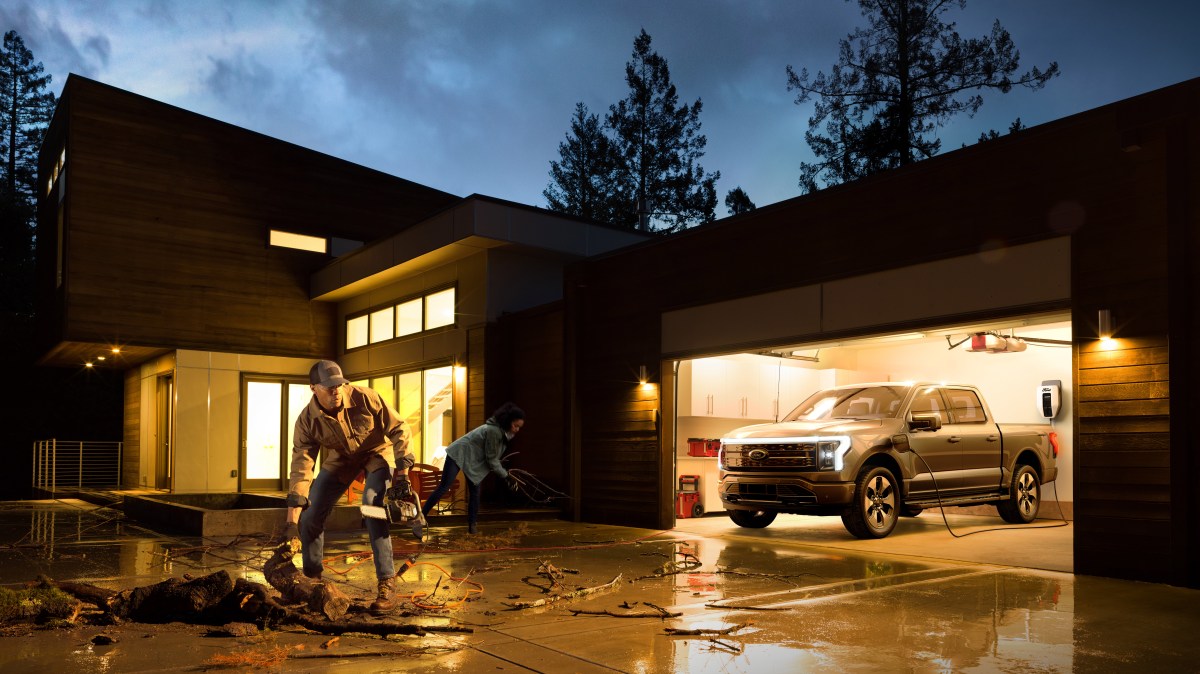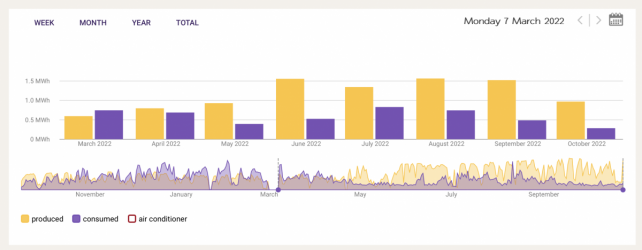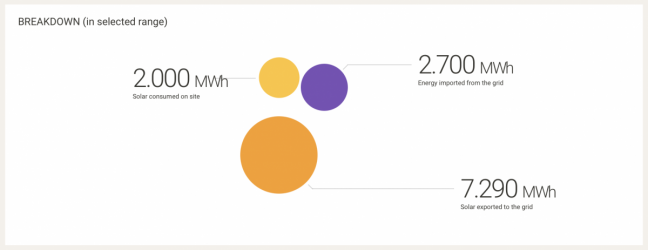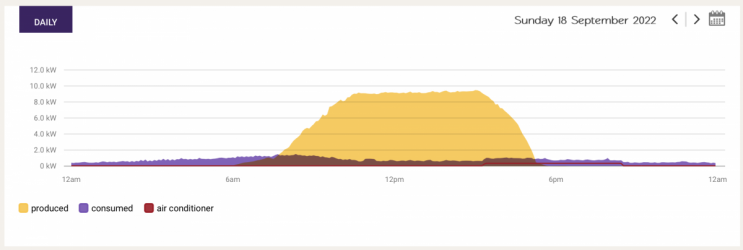After reading many 'incorrect' claims about batteries 'paying their way' etc - I finally created a detailed spreadsheet that creates an exact NPV calculation for adding a battery taking into account billing frequency, round trip efficiency, FIT (& changes), cost of power from the grid (& changes) AND most importantly more recently - checking the sensitivity to changing interest rates. Also points to consider - all discussions assume the ability to both fully charge & discharge the battery every day (not something that virtually any capital city location in Australia can achieve btw), no decrease in battery capacity over the time period (which there is & is specifically referred to in warranty documents).
A number of people (from Solar blogs etc) have sent me their details on current FITs, projected FITs, round trip efficiency, grid power cost & forecasts.
Summary - not one case (using interest rate levels from 3rd week of July) achieved a positive NPV within ten years.
If you take your property totally off grid then the numbers CAN improve depending on the ratio of self-use. Or if you've been quoted a major cost to run the wires to your property (in regional Australia or need a transmission capacity increase for a city business) then batteries can make sense.
Despite many (sales) claims to the contrary - there are very few households that have high self-consumption UNLESS they are running single speed pool pumps for large pools +/or run AC during the day whilst not home in an attempt to pre-cool/heat home before the evening. However households doing this then face the risk of not having sufficient surplus to fully charge their battery during much of the late Autumn/Winter period.
In our case where we have contributed slightly more to the grid over 9 years (around 4% or so) but typically only manage self-use between 17 to 26% (no pool nor AC) even then a battery does not work. If we were to go off-grid AND buy a 2 kW (diesel) generator which would run for single digit hours per year - then adding some more panels could just work (based off daily figures for the last 9 years). Or at least it may have just prior to the latest round of battery price increases.
Fun fact: The cost of household batteries are multiples the cost per kWh for EV batteries. Perhaps that is why Tesla (& most others) do not allow using your car to run your household. The Ford Ranger (Lightning) does and could force Tesla et al to respond.
The power of a pickup truck is not all about torque, horsepower, towing and hauling. Ford’s newest electric F-150 Lightning, which was unveiled Wednesday, is trying to change the meaning of truck power with a system that can provide energy to a customer’s home in the event of an outage. Ford...

techcrunch.com
or any other time actually (if it is home).
For example: Tesla Powerwall 2 provides 13.5 kWhs for say $15,000 vs a Tesla 3 with 60 kWhs for say $66,000.
To get the same battery capacity using Powerwall 2s = (60 / 13.5) x $15,000 = $66,667.
If Tesla allowed running a house from your vehicle then you'd get a car thrown in for free as well as a saving of $667 to boot! Anyone think that residential batteries are over-priced?



















